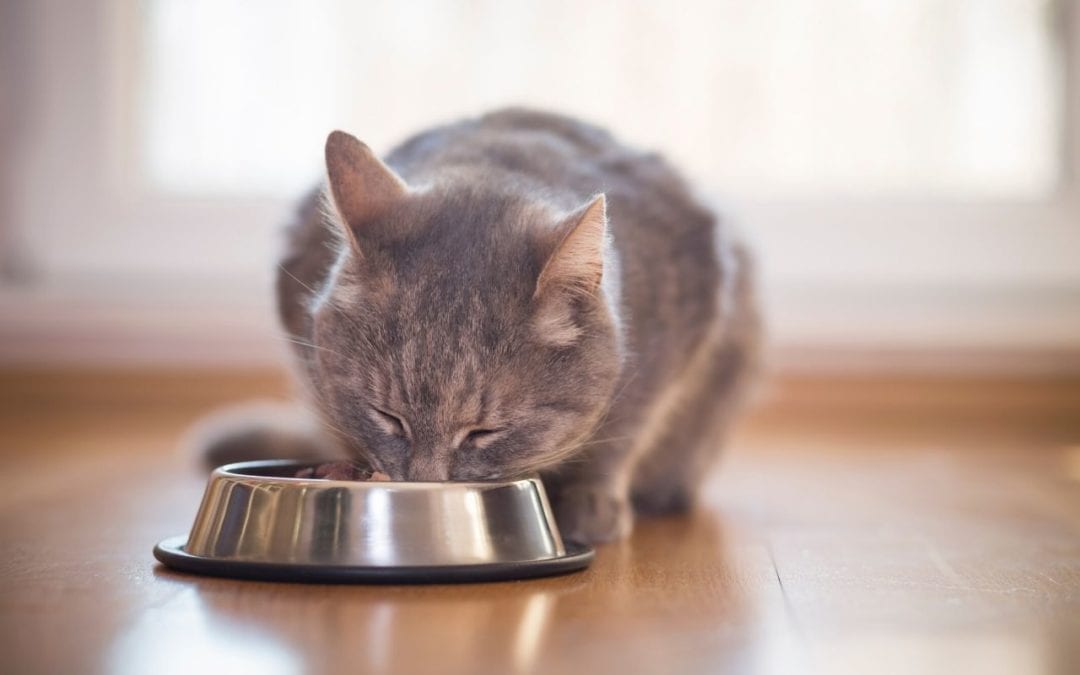Issues with pet foods have made the news quite a bit in the past few years. You may have heard about risks of feeding raw diets or seen our blog. Grain-free diets started to become popular with some pet-owners until these diets were found to be linked to cases of cardiomyopathy and heart failure in dogs and cats. Many of the smaller, boutique-style diets have made the news with a variety of nutritional and safety issues. You may be wondering what the heck you can safely feed your pet.
We are going to let you in on a little wisdom from our veterinarians on how to choose a trusted diet for our furry children. Some pet-food companies spend millions of dollars on research and testing of their foods and others don’t. There are clues on the label that can let you in on which diets have been tested the most rigorously. Legally all pet foods must be formulated to meet all of the minimum requirements for nutrients but this alone is not the best test of whether a diet will keep your pet healthy. Grain-free diets are one example of how just verifying the formulation is not an adequate way to test a diet. The commercial grain-free diets that led to heart problems in pets contained adequate amounts of nutrients on paper but that did not translate into the right nutrients being available in our pets to keep their hearts healthy. The very best way to find out if a diet will keep a pet healthy is to feed the diet to the pet for several months and then perform diagnostic tests to know that they are still completely healthy. There is an enormous cost to doing these feeding trials and not all pet food companies have invested in this. The Association of American Feed Control Officials, or AAFCO, has strict guidelines for how foods should be tested and what needs to be written on the food label. You can read in detail how to read a food label on their website: https://talkspetfood.aafco.org/readinglabels. If the bag says that “Animal feeding tests using AAFCO procedures substantiate that…” and will go on to list the diet and the animal life-stage that was fed in the trial (puppy, adult cat, etc.), then we know that the company spent the money to test their food at the highest level.
Here is a list of companies that have tested their foods at the highest level using feeding tests:
Royal Canin, Hill’s Science Diet, Purina, Iams and Eukanuba. Interestingly, these diets are usually not the most expensive ones on the shelf. So if you look at your food bag and do not see that it was put through the feeding test, it is a good idea to switch to one that has been tested in this way.
When switching a food, our pets can be prone to GI upset, so it is best to do the change gradually. This is the diet change schedule we recommend:
- 3/4 amount of the old diet to 1/4 amount of new diet x 3 days
- 1/2 amount of old diet to 1/2 amount of new diet x 3 days
- 1/4 amount of old diet to 3/4 amount of new diet x 3 days
If your pet has medical concerns or food allergies it is always best to consult your veterinarian for a diet recommendation.
Happy Feeding!

